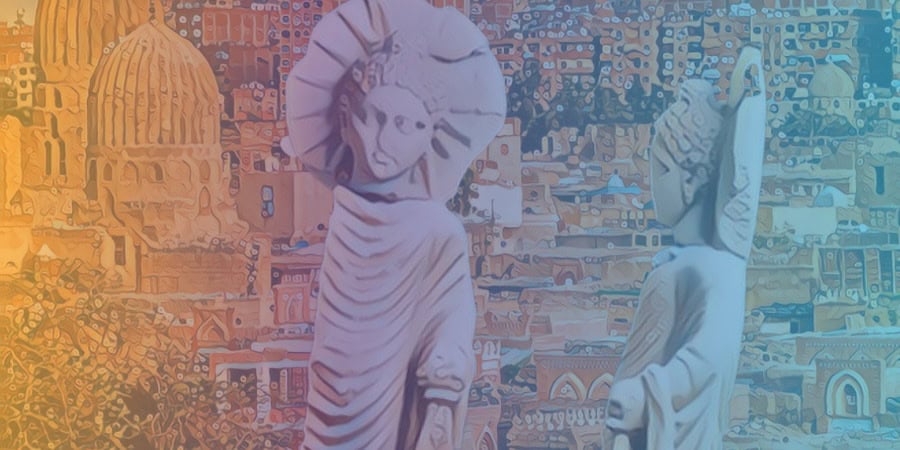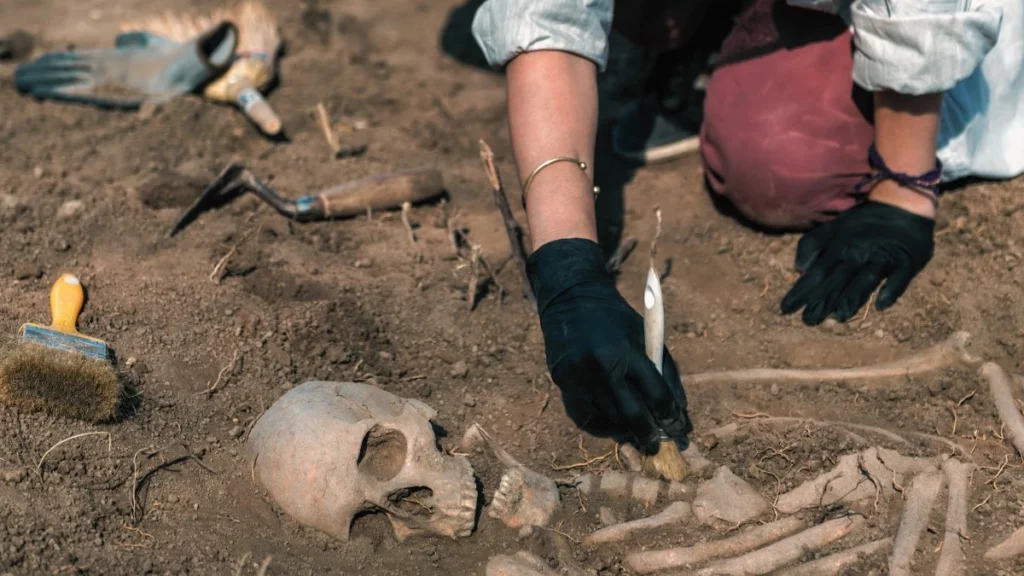-
Art & Culture

-
Art Events
- Banksy’s Week-Long Animal Art Trail Across London: A Day-by-Day Journey
- The Rising Threat of Terrorism: Why Taylor Swift Concerts and Pop Culture Events Are Prime Targets
- Art Basel 2024 Opening Day Highlights: Major Sales and Gallery Successes Amid Market Fears
- Art Basel 2024: Comprehensive Guide to the 287 Exhibiting Galleries and Exciting Citywide Programming
-
Film & TV
-
Literature
- Sarah J. Maas’ Upcoming ‘ACOTAR’ Book 6: Release Date, Storylines, and Character Focus
- 10 Best Books on Stoicism: Guide to Timeless Wisdom and Practical Life Lessons
- 25 Best Books About Witches to Read in 2024: Spellbinding Books Filled with Magic and Mystery
- 10 Best Biographies of All Time: Must-Read Biographies of Influential Figures
-
Music
- The Rising Threat of Terrorism: Why Taylor Swift Concerts and Pop Culture Events Are Prime Targets
- 15 Best Albums of 2023: Ranking the Year’s Top Music Artists and Tracks
- 2024’s Full List of New Music and Album Releases: This Year’s Top New Albums and Fresh Tracks
- Top 15 Best Albums of 2010: Exploring a Defining Year in Music
-
Art Events
-
Entertainment

-
Gaming
- Helldivers 2 Update Triggers Player Protest Weapon Changes as Super Earth Faces Threat
- Everything We Know About The Sims 5: Project Rene, Release Date, Features, and Gameplay
- Phantom Blade Zero: Inside the Xbox Controversy and Future of This PS5 Exclusive
- Rumored New God of War Game Storylines: Atreus’s Quest & Kratos’s Mythological Adventures
- Gambling
-
Gaming
- Travel
- Exclusive Series
-
About Us

- Contact Us





